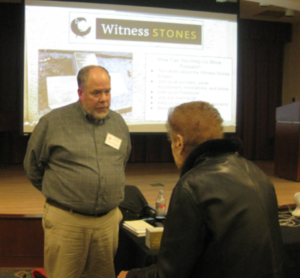
Witness Stones Project Founder an Executive Director Dennis Culliton joined Leah Glaser, Professor of History and Coordinator of the Public History Program at Central Connecticut State University, Chuck Arning, National Park Service Interpretive Ranger and A/V Specialist, John Tuohy, author and historian for the city of Ansonia, Connecticut, and Regan Miner, consultant for the city of Norwich, Connecticut, and the Norwich Historical Society for a panel discussion on WNPR’s Where We Live program.
The topic of the show’s program was a lesson in public history. How are towns and cities across Connecticut and the Northeast engaging residents with the past?
We invite you to listen here: Through Local History, A Stronger Sense of Place







